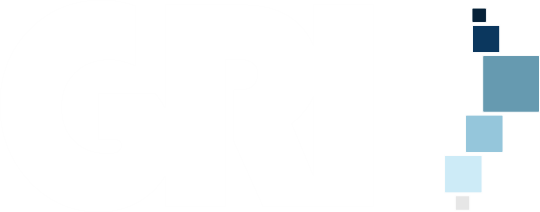Presentation to the Digital Services Quarterly Showcase
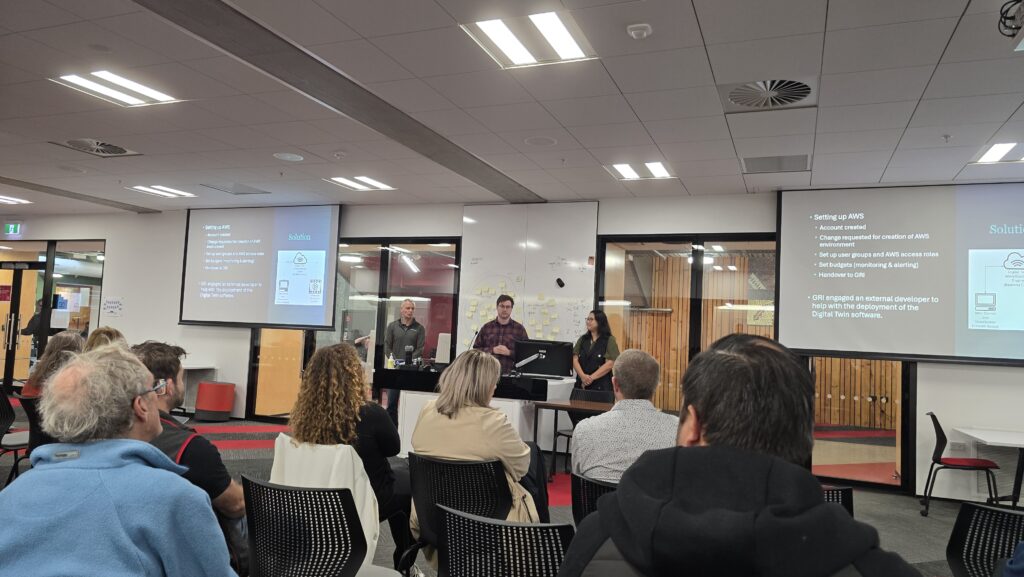
Yesterday, Luke Parkinson (GRI), Greg Preston (Building Innovation Partnership), and Jamie Hart (UC Digital Services) presented Ōtākaro Digital Twin work as an example of successful use of AWS (Amazon Web Services) in a collaborative project at UC’s Digital Services Quarterly Showcase.
Visit to the Indian Institute of Technology, Delhi
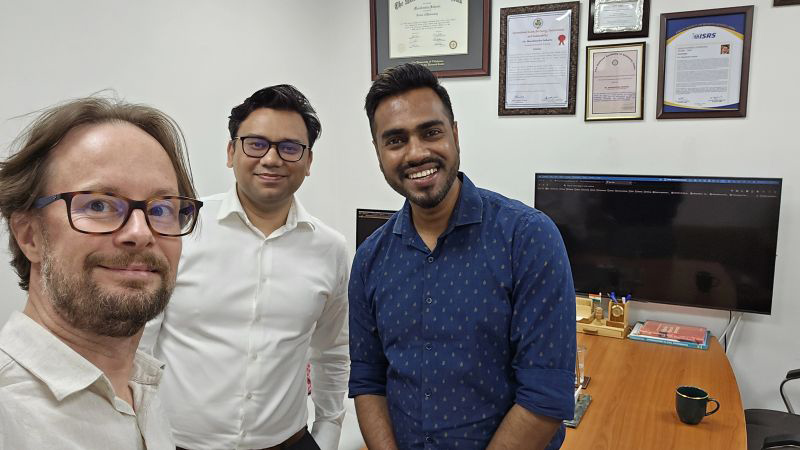
GRI Director, Matthew Wilson has just returned from a trip to the Indian Institute of Technology, Delhi. Prof Wilson said, “It was great to exchange ideas with colleagues in the Civil Engg Deptt IIT Delhi and see all the excellent work being done, especially by PhD students in water resources using novel machine learning methods […]
Writing retreat at Cass Field Station
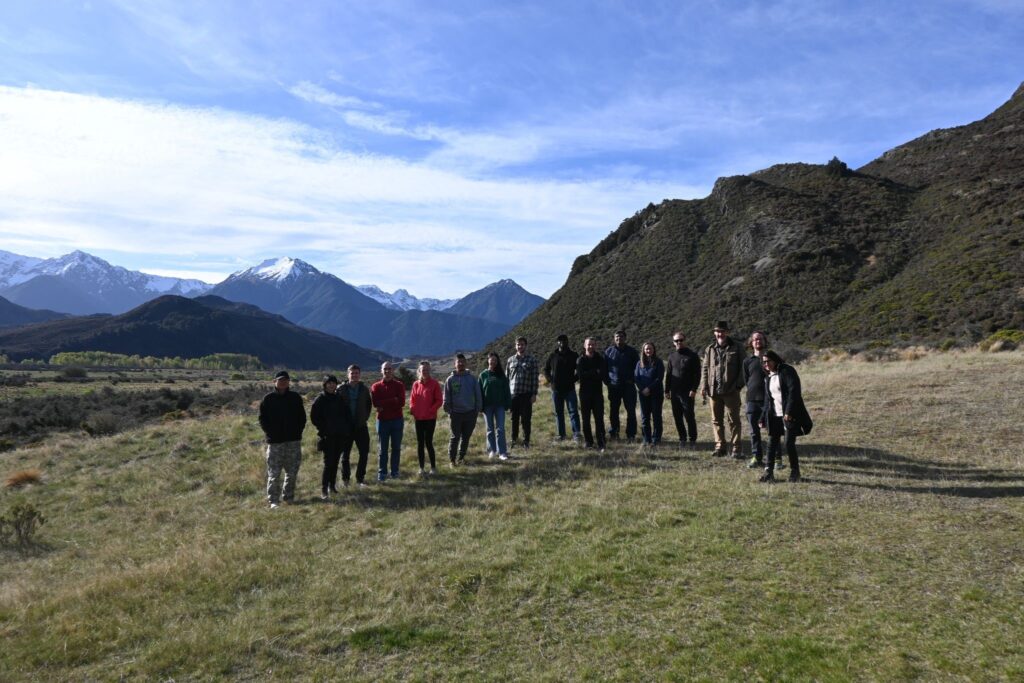
GRI staff and students participated in an overnight writing retreat at University of Canterbury, Cass Field Station last week. Stunning views and a refreshing hike kept minds sharp for the writing workshop. Professor Matthew Williams, Matt Hobbs, and Erkine Fellow, Gemma Bridge lead the writing sessions.
The Ōtākaro Digital Twin
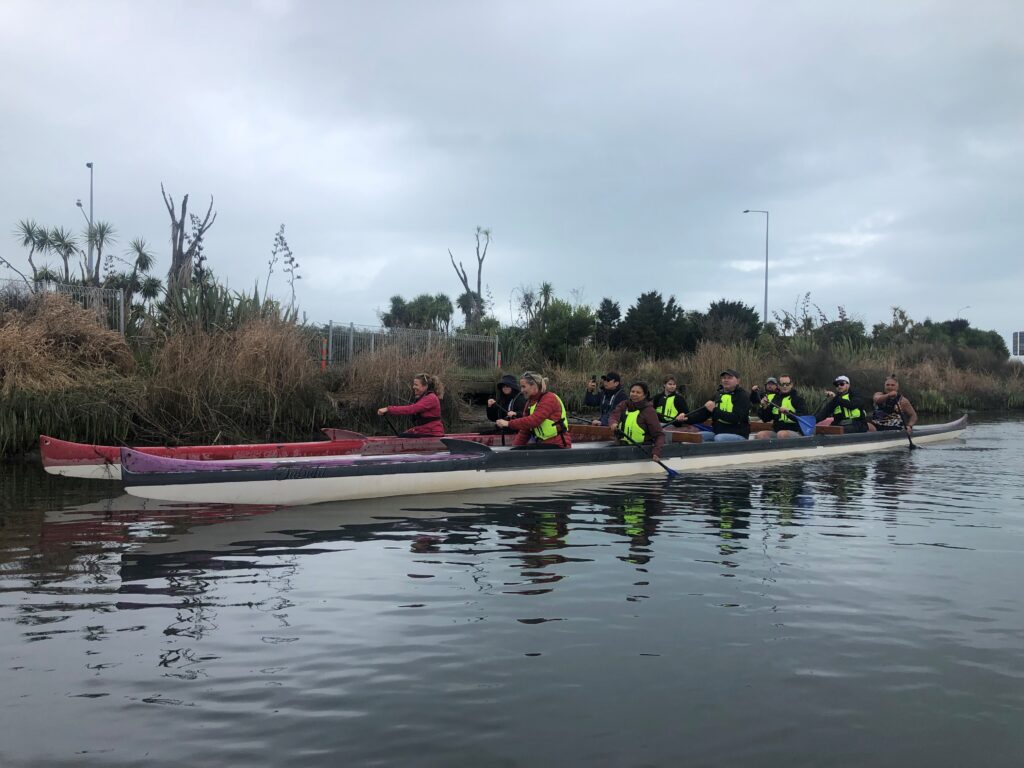
GRI is working with Christchurch City Council and Building Innovation Partnership, on the Ōtākaro Digital Twin. The ultimate purpose is to establish an accessible & innovative platform to collect & communicate knowledge about the Ōtākaro River, serving as a tool to give voice to the Ōtākaro and its importance to the community. The platform will […]
Geospatial Research in Industry
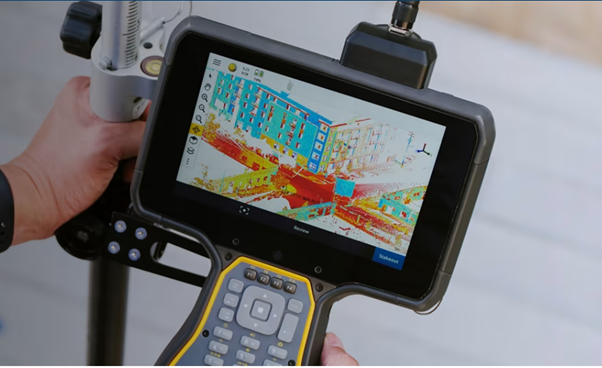
In this seminar, Peter Shaw will be giving an overview of areas of interest at Trimble, particularly, their ongoing pursuit of increased accuracy, reliability, and efficiency in positioning techniques (including mitigation against space weather/ionospheric effects) and the application of AI to Geospatial problems.
Earth Science in an Age of Change
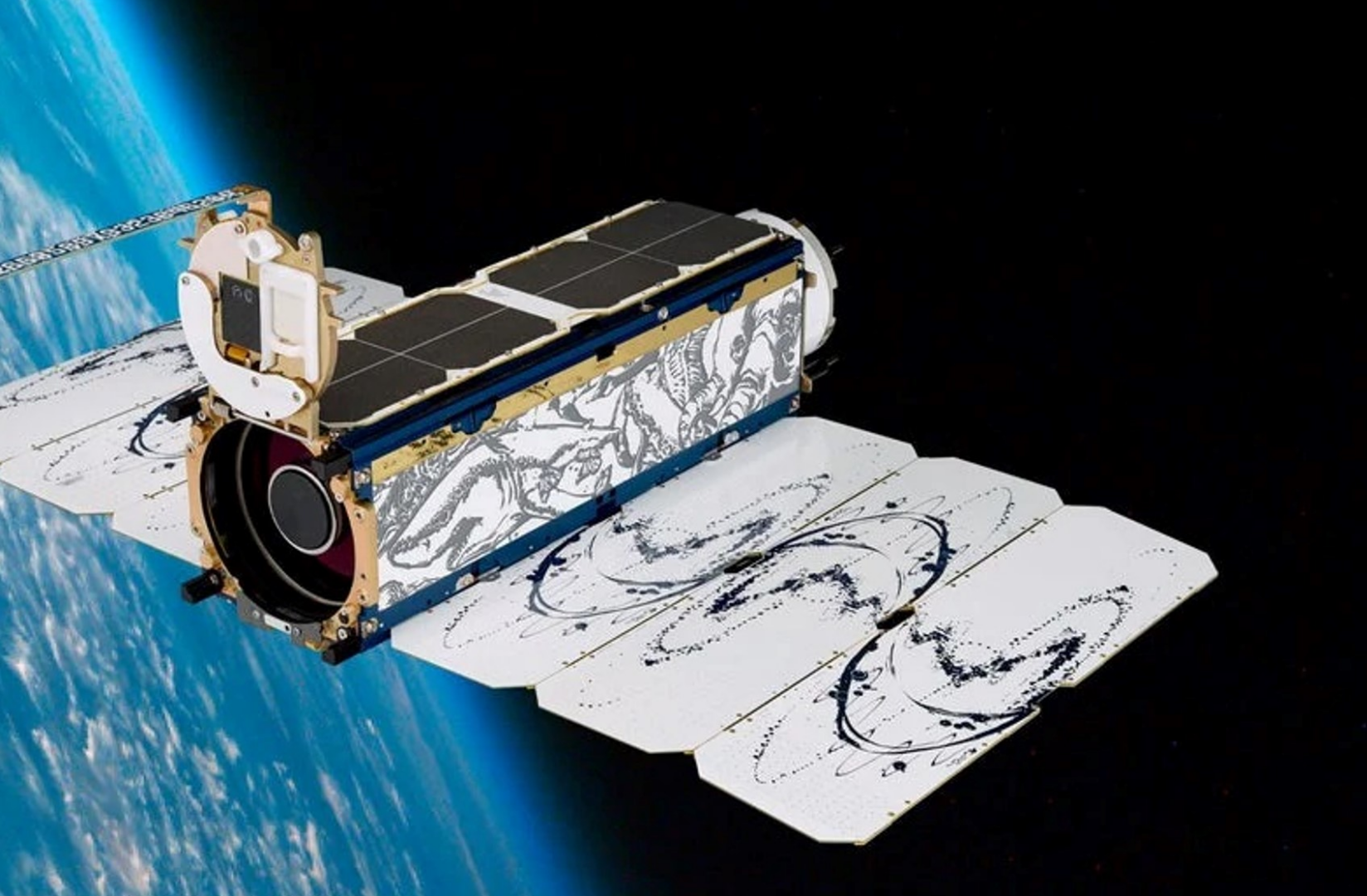
Planet (a public benefit corporation) is imaging the land surface of the Earth on a near-daily basis, with multispectral sensors at ~3.7m per pixel we operate the largest fleet of earth observation satellites in history with a constellation of 19 high-resolution SkySats, capable of 0.5m multispectral imaging. e change, terrestrial an aquatic ecosystems, wildlife biology and agriculture.
Video recording available at:
https://www.youtube.com/watch?v=Dv37CHZct2o&list=PLJymSfBIuEWKYLJbi6LzyiRXKtAQBbcH3&index=7&t=15s
Penguins from Space: Using satellite imagery to monitor emperor penguins in their struggle against a warming Antarctica.
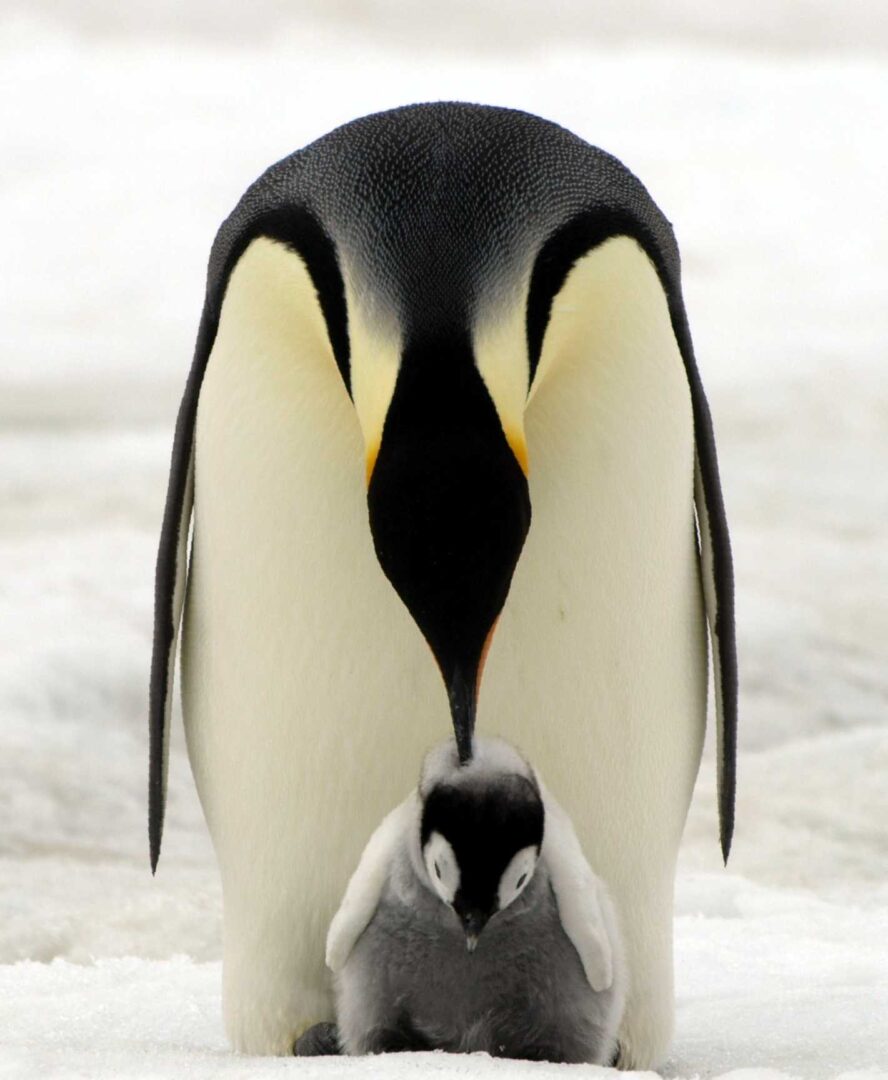
In Antarctica emperor penguins are the species most at risk from climate change. Up until a decade ago our understanding of the species was hindered by the logistical challenges of studying a species which lives in one of the harshest places on earth. But since then advances in our use of satellite imagery has enabled us to find, count and monitor the birds, transforming it from one of the least studied species in Antarctica to one of the best.
Using nationwide geospatial data to build a comprehensive understanding of public water supply, quality and inequity in New Zealand

Reliable supply of safe drinking water is vital for human health. Despite this, there is no consistent nationwide spatial dataset of water distribution zones (WDZ) for Aotearoa New Zealand (A-NZ). In this talk, we will outline the development of a nationwide geospatial dataset of WDZ using data compiled from the 67 district and city councils in A-NZ. We will also outline several early use cases for the WDZ dataset.
Sensing Water: The Rongowai airborne remote sensing mission for GNSS-Reflectometry across New Zealand
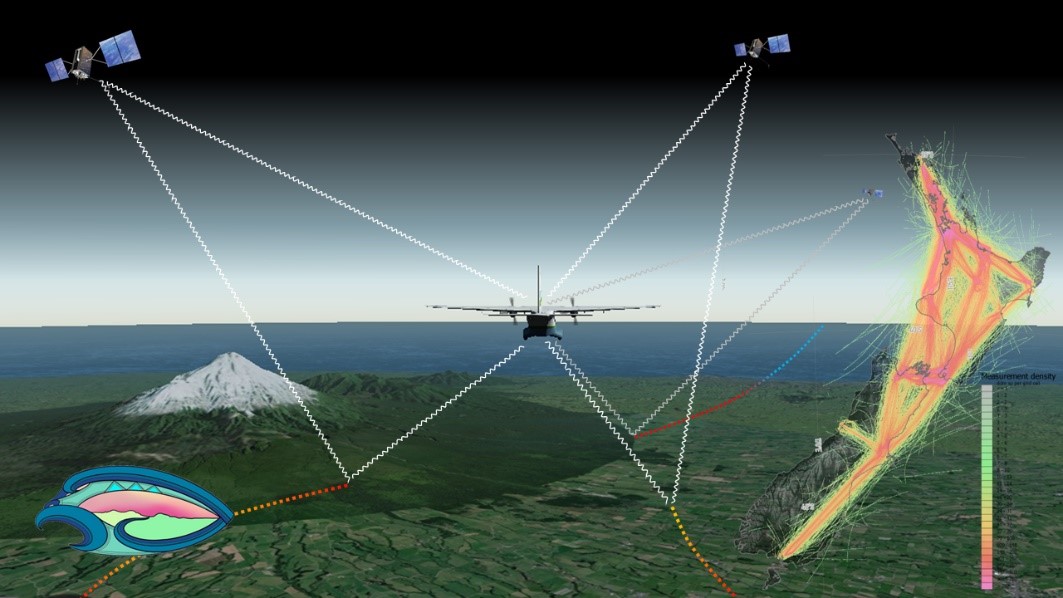
The Global Navigation Satellite System (GNSS), emit radio signals in the L-band to enable precise positioning on the Earth’s surface. GNSS has become ubiquitous in our everyday lives, underpinning location-based technologies from traffic routing to precision agriculture. These GNSS “signals of opportunity” have been used in novel space borne missions such as CyGNSS (Cyclone GNSS), which is primarily designed to observe the ocean surface under tropical cyclone systems. However, signals reflected from the land surface have been found to sensitive to soil moisture and surface water, providing a valuable additional source of data.
Mātauranga Maori Framework for Surveillance (MMFS) for Plant Pathogens
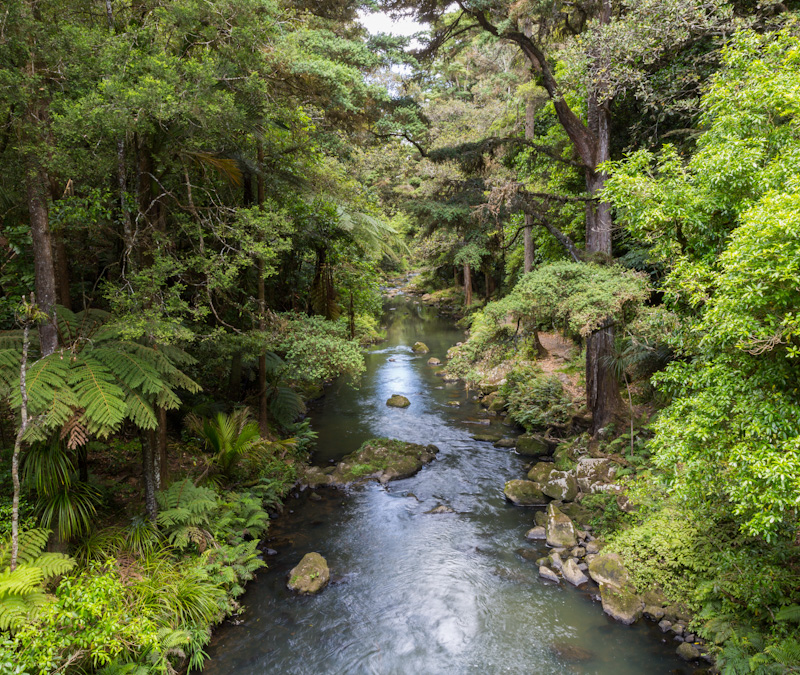
In the past, there has been a disconnect and little collaboration between the people and organizations doing work on plant pathogens that cause myrtle rust and kauri dieback. This has stymied progress in the management of plant pathogens and diseases, and is still unclear where they occur or not. Here we introduce the principles and methodologies of the Mātauranga Māori Framework for surveillance (MMFS) for plant pathogens.
Video recording available at:
https://www.youtube.com/watch?v=3Czj2fB_1iU&list=PLJymSfBIuEWKYLJbi6LzyiRXKtAQBbcH3&index=4
